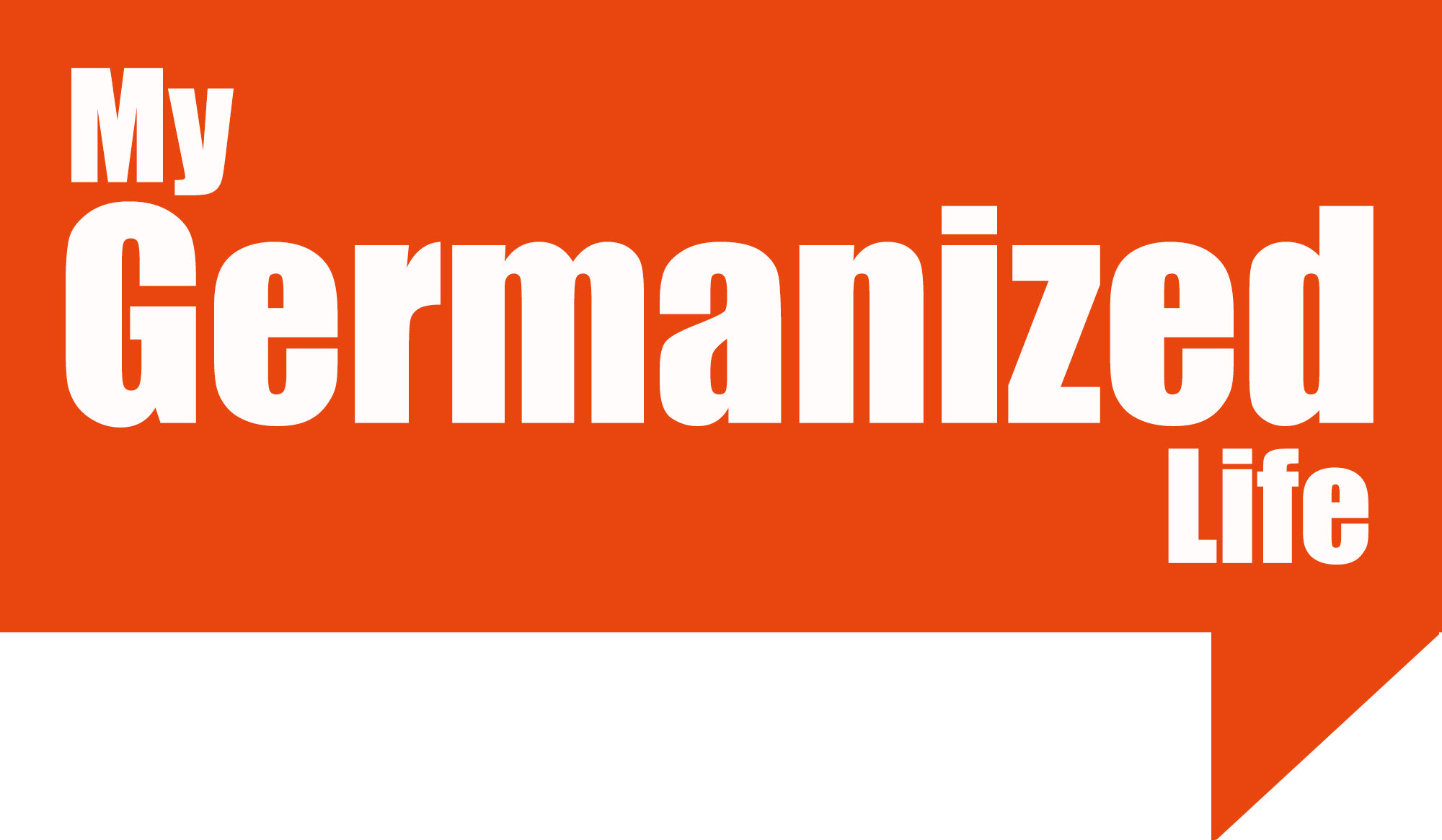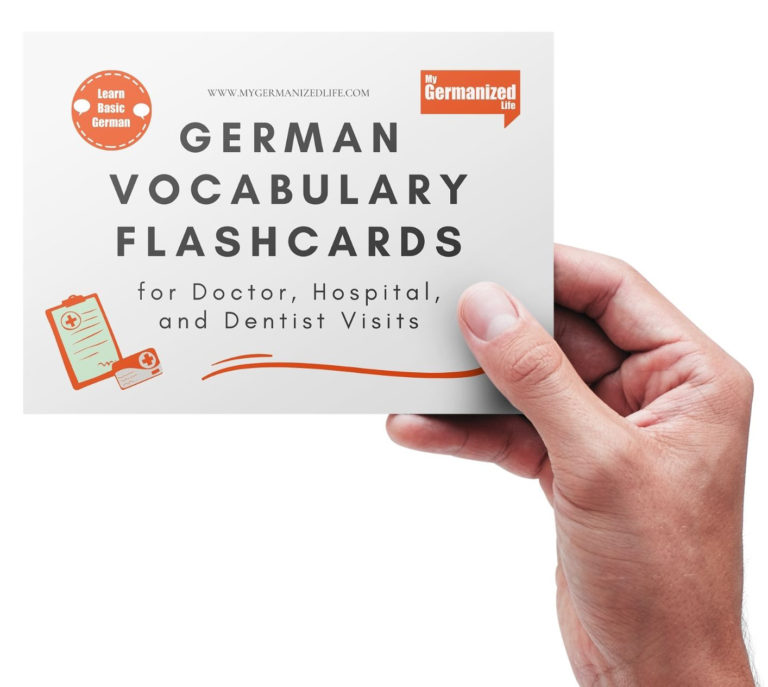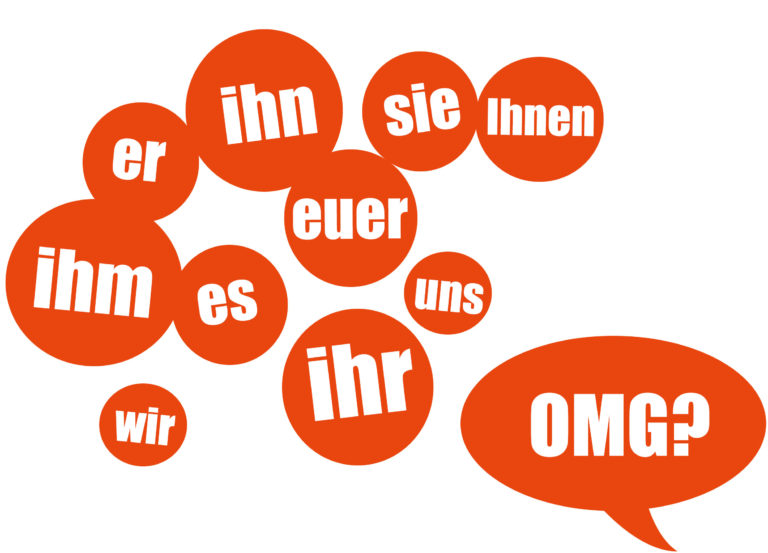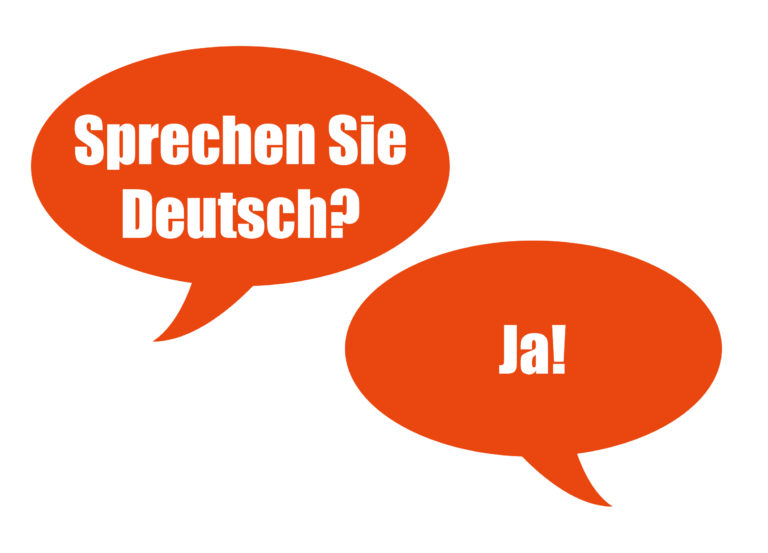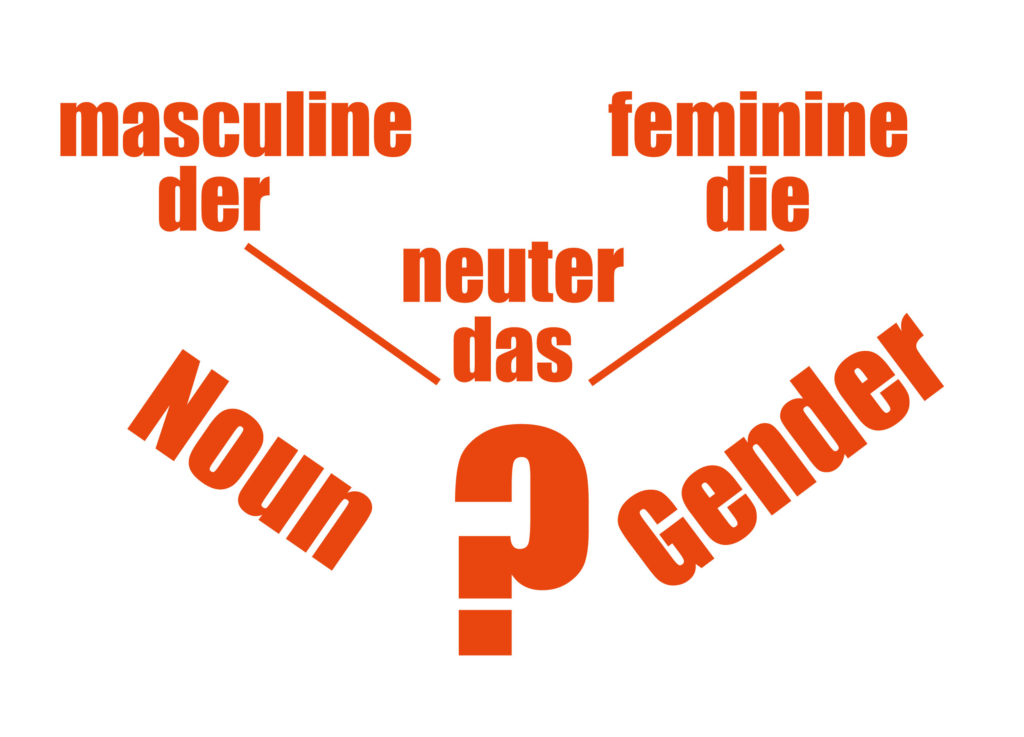
One difference between English and German that stands out immediately is the German noun gender. In English, we don’t have gendered nouns, so why does German need three? Does it really matter which gender you assign to a noun?
Although people usually understand you despite using an incorrect noun gender, learning the German genders and how to use them is necessary to speak fluently.
At first, German noun genders probably won’t make sense. For example, the house (das Haus) is neuter, the lamp (die Lampe) is feminine, and the table (der Tisch) is masculine. There’s no rhyme or reason to the noun genders, and remembering them may seem impossible.
Luckily, I have a few guidelines and tricks to help you remember and determine which German noun gender is correct. By the end, you’ll see how easy German noun genders can be.
Table of Contents
- Why Do German Nouns Have Genders?
- What are the German Noun Genders?
- How to Determine German Noun Gender
- German Noun Gender Rule Exceptions
- When German Nouns Have Multiple Genders
- Compound German Noun Genders
- Final Learning Tips
Eyes too tired to read? Watch this post as a video instead!
Why Do German Nouns Have Genders?
Some German noun genders appear logical, such as the woman (die Frau) or the man (der Mann). One is male, and one is female, right? But German noun genders don’t always make sense. For example, the girl (das Mädchen) has a neuter gender, but why?
Many German noun genders require memorization because there’s no specific reason they are their gender. Ideally, try to learn a noun’s gender when you study new vocabulary. But knowing a few shortcuts can help you learn the noun genders faster and guess correctly more often.
What are the German Noun Genders?
German has three different noun genders: masculine, feminine, and neuter. The gender of a noun helps you figure out which Definite and Indefinite Articles to use. German definite articles are words for “the,” and indefinite articles are words for “a” or “an.” Typically, when you learn German vocabulary, you’ll learn the definite article that identifies its gender.
- Der – masculine definite article in German
- Die – feminine definite article in German
- Das – neuter definite article in German
In English, you would use the word “the,” but German has a few extra choices. Although getting used to German noun genders can take time, don’t allow yourself to get discouraged if you don’t get them all right immediately. Accepting that you’re going to make mistakes will help you overcome any insecurities you have about speaking.
But wait, what about people who don’t identify as male or female? Do they get a noun gender? Although the German language’s rigidity complicates legal document language, an additional German gender could make the language more inclusive in the future.
How to Determine German Noun Gender
In German, several factors can contribute to the gender of a noun, such as:
- The noun’s ending
- If the noun is singular or plural
- The noun’s category
Although there are many exceptions to the German noun gender rules, you can use the tricks below to guess the correct gender at least 80% of the time. Let’s dive in by starting with the first noun gender on the list.
The Masculine German Noun Gender (der)
There are several tricks to identify masculine nouns in German correctly, most of the time. Although the rules below have exceptions, they can serve as helpful guidelines during the beginning of your language journey.
- Two-thirds of single-syllable German nouns are masculine.
- Male people, animals, and professions – der Lehrer (teacher), Chef (boss), Fotograf (photographer)
- Compass directions – der Norden (north), Süden (south), Osten (east), Westen (west)
- Car makes and models – der Volkswagen, Mercedes, Opel
- Months, days, and seasons – der Tag (day), Monat (month), Sommer (summer)
- Weather elements – der Schnee (snow), Regen (rain), Nebel (fog)
- Non-German rivers – der Mississippi, Amazonas (Amazon), Nil (Nile)
- Currencies – der Dollar, Euro, Peso
Additionally, specific suffixes often indicate the masculine gender.
| Masculine Ending | German Example | in English |
| -ant | der Elefant | the elephant |
| -en | der Garten | the garden |
| -ent | der Student | the student |
| -er | der Computer | the computer |
| -ich | der Teppich | the rug |
| -ig | der Honig | the honey |
| -ismus | der Idealismus | the idealism |
| -ist | der Polizist | the male police officer |
| -ling | der Zwilling | the twin |
| -or | der Professor | the professor |
| -us | der Zirkus | the circus |
Next, let’s look at clues that can tell us when a noun is probably feminine.
The Feminine German Noun Gender (die)
Just like masculine nouns, you can identify which nouns are probably feminine from specific characteristics.
- Female people, animals, and professions – die Lehrerin (teacher), Chefin (boss), Fotografin (photographer)
- Cardinal numbers – die Eins (one), Zwei (two), Drei (three)
- German rivers – die Donau, Elbe, Oder
- Fruits – die Banana, Melone (melon), Birne (pear)
- Trees – die Eiche (oak), Weide (willow), Palme (palm)
- Flowers – die Rose, Tulpe (tulip), Narzisse (daffodil)
In many instances, you can identify feminine German nouns from specific suffixes.
| Feminine Ending | German Example | in English |
| -e | die Lampe | the lamp |
| -ei | die Kartei | the index |
| -heit | die Mehrheit | the majority |
| -ie | die Philosophie | the philosophy |
| -ik | die Grammatik | the grammar |
| -ion | die Funktion | the function |
| -ität | die Mentalität | the mentality |
| -keit | die Haltbarkeit | the durability |
| -schaft | die Nachbarschaft | the neighborhood |
| -ung | die Erfahrung | the experience |
| -ur | die Natur | the nature |
Notice that the addition of an -in ending to a profession indicates that the person is female. Usually, you can form the plural by adding -nen to professions with an -in ending. For example, die Lehrerinnen (the female teachers).
The Neuter German Noun Gender (das)
You’ll find several ways to identify most neuter nouns in German, such as:
- Many nouns starting with ge – das Geschirr (the dishes)
- Number fractions – das Viertel (the quarter)
- Young animals or humans – das Baby
- Nouns formed from verbs – das Schwimmen (the swimming)
Next, let’s look at endings that often indicate the neuter gender.
| Neuter Ending | German Example | in English |
| -chen | das Mädchen | the girl |
| -ett | das Etikett | the label |
| -fon | das Telefon | the telephone |
| -lein | das Häuslein | the little house |
| -ma | das Thema | the topic |
| -ment | das Medikament | the medication |
| -nis | das Kenntnis | the knowledge |
| -tel | das Hotel | the hotel |
| -tum | das Eigentum | the property |
| -um | das Studium | the studies |
Note that the endings -chen and -lein mean small or little, and you can apply them to many nouns to create a diminutive form. For example, der Tisch (the table) becomes das Tischlein (the little table).
German Noun Gender Rule Exceptions
The guidelines above can help you make an intelligent guess about the gender of a German noun when you’re not sure. However, there are plenty of rule exceptions and instances when a different noun gender applies than you’d expect. Some examples are listed below.
| German Gender Rule | Exception Example | in English |
| -ma is neuter | die Firma | the company |
| currencies are masculine | die Deutschmark | the Deutschmark |
| -um is neuter | der Reichtum | the wealth |
| -ment is neuter | der Zement | the cement |
| cars are masculine | das Auto | the car |
| -ant is masculine | das Restaurant | the restaurant |
| -ma is neuter | der Puma | the puma |
| -e is feminine | der Käse | the cheese |
| German rivers are feminine | der Rhein | the Rhine |
When you have to memorize a German noun gender because it doesn’t follow a rule, try to make an association in your mind that helps you remember. For example, to remember the gender for das Auto, you could imagine that it’s neuter because there’s no make or model associated with the word.
When German Nouns Have Multiple Genders
Some German nouns have multiple genders and typically have different meanings depending on the gender you choose. For example, consider one of the most frequently-used nouns with multiple genders and meanings, “Band.”
- der Band – A volume of a dictionary or encyclopedia
- die Band – A music group
- das Band – A long, thin, flexible strip. For example, a hairband or armband.
As you can see, a band can mean three different things. Similarly, the word for sea or lake is determined by the noun’s gender.
- der See – lake
- die See – sea
Luckily, there are very few German nouns with multiple genders, so you usually only need to remember one.
Compound German Noun Genders
Some words are compound nouns, meaning the word contains two different nouns. For example, a “wristwatch” is a combination of a wrist + watch. German also has compound nouns, and the final noun determines the gender in the string.
- die Armbanduhr (wristwatch) – der Arm + das Band + die Uhr
- der Kindergarten (kindergarden) – die Kinder + der Garten
- das Bananenbrot (banana bread) – die Banana + das Brot
Pretty straightforward, right? German words often combine multiple words into one long one.
Final Learning Tips
Speaking German from the start of your language journey is an excellent way to absorb the learning material faster. Finally, there are some other tips that can help you learn the German noun genders.
- Use color-coded flashcards – For example, use blue flashcards for masculine nouns, red for feminine, and yellow for neuter nouns.
- Learn vocabulary by gender – You may find it easier to learn new words’ genders when they’re grouped together. For example, you could pick one day to learn neuter nouns and another day for feminine or masculine nouns.
- When in doubt, go with “die” – Around 46% of German nouns with a unique gender are feminine.
The more you practice German, the better you’ll get at predicting noun genders.
